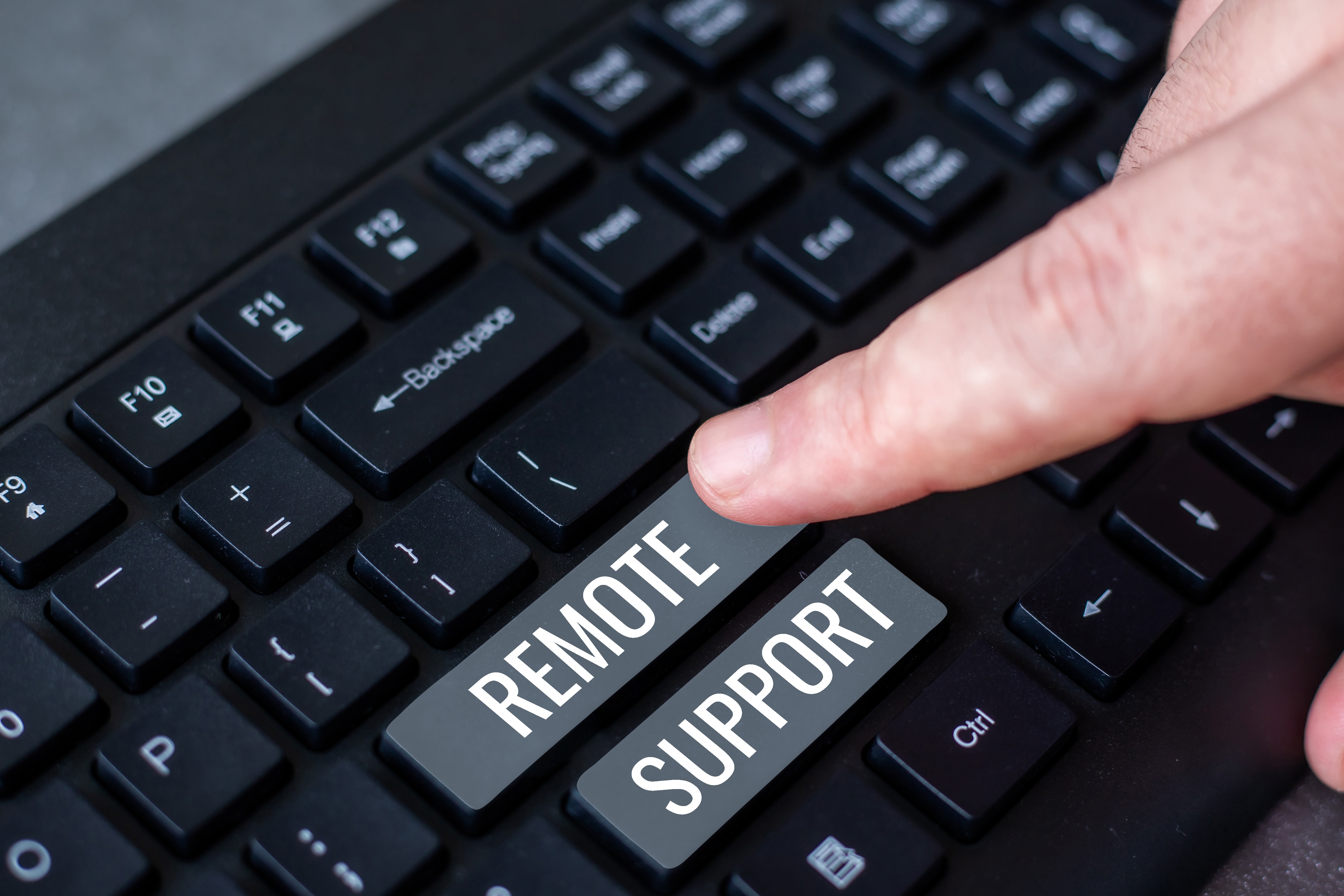Businesses everywhere are scrambling to adapt and stay up to speed with the ever-evolving digital world, but navigating this landscape can be challenging. New technologies, platforms, and frameworks are continually emerging, each with its own set of complexities—this is why IT support is essential.
IT teams leverage their expertise and experience to help businesses choose the technologies that best align with their goals. How much IT support costs will depend on your specific needs, but it often involves a sizable upfront investment in technology and infrastructure if you decide to keep system support in-house.
If this heavy investment is not part of your business plan, Houston IT companies like Xvand offer remote IT support as an alternative solution.
How Does Remote IT Support Work?
Remote IT support is a service model where IT assistance is provided from a location other than the client's physical site. Experts can diagnose, troubleshoot, and resolve issues without being physically present by using technology and the internet. By providing on-demand support, Xvand can facilitate rapid responses to IT problems.
Advantages of Remote IT
Here is a deeper look at the benefits of remote IT solutions:
Speed and Efficiency
Chief among the advantages is the speed and efficiency of service delivery. Unlike traditional onsite IT support, which often involves scheduling, travel, and other logistical considerations, remote IT support can promptly respond to issues.
Technicians working remotely can instantly access systems experiencing issues, initiating real-time problem diagnosis and remediation. This is a crucial advantage when dealing with serious issues that could impact business operations or data security.
Lower Costs
Another significant benefit of remote IT support is cost efficiency. It reduces the amount of travel and time needed for problem-solving by forgoing the need for physical transportation and onsite visits.
Businesses can access high-level expertise remotely without the need to maintain a large in-house IT team. This model offers excellent scalability, allowing companies to adjust the level of support they receive based on their changing needs.
Scalability
Remote IT support can be extended to 24/7 availability, accommodating businesses operating in different time zones or those requiring after-hours support. It enhances proactive system monitoring, and because remote IT teams are connected to your system, they can identify potential issues in real-time before they escalate into significant problems.
This proactive approach aids in preventing system downtime and improving overall IT infrastructure stability and performance. Xvand offers a 24/7 help desk that ensures that IT support is available whenever needed, maintaining the high-speed service delivery essential to any business.
Challenges of Remote IT
While the advantages of remote IT support are numerous, they also come with a few challenges. These must be tackled to maximize benefits and mitigate potential risks:
Data Security
Foremost among these challenges is data security. Remote IT support involves accessing systems remotely, so secure connections are required to guard against cyber threats such as data breaches and unauthorized access.
The challenge lies in keeping these security measures up-to-date and efficiently managed, which requires continuous vigilance and commitment to cybersecurity best practices.
Need for Reliable Internet
Another significant challenge revolves around the dependence on stable, high-speed internet connectivity. Reliable internet access is crucial for both the service provider and the business using the service.
Connectivity issues can severely impede the troubleshooting process and extend the duration of IT issues, rendering remote IT support services ineffective in severe cases, especially in remote areas with limited connectivity.
Communications
Without face-to-face interactions, explaining complex technical issues or understanding user problems can be more challenging, requiring effective communication strategies and training for support staff.
The lack of a personal connection that is part of remote IT support could make building and maintaining client relationships more difficult. This unavoidable issue underscores the need for a deliberate emphasis on high-level customer service and strong client relationships in the remote IT support model.
How Xvand Handles Remote Support
Xvand ensures that remote connections are secure and sensitive business data is protected. Regular audits, security updates, and adherence to cybersecurity best practices further bolster the safety of its remote IT support services.
We also leverage advanced technologies and reliable platforms for remote access. Our state-of-the-art infrastructure ensures 99.99% uptime, attesting to the reliability and consistency of our remote IT services—even in the face of potential connectivity challenges.
Future-proof your business with Xvand's expert IT support; embrace innovation, ensure business continuity, and stay ahead of the curve. Contact us to schedule a consultation!


0 Comments